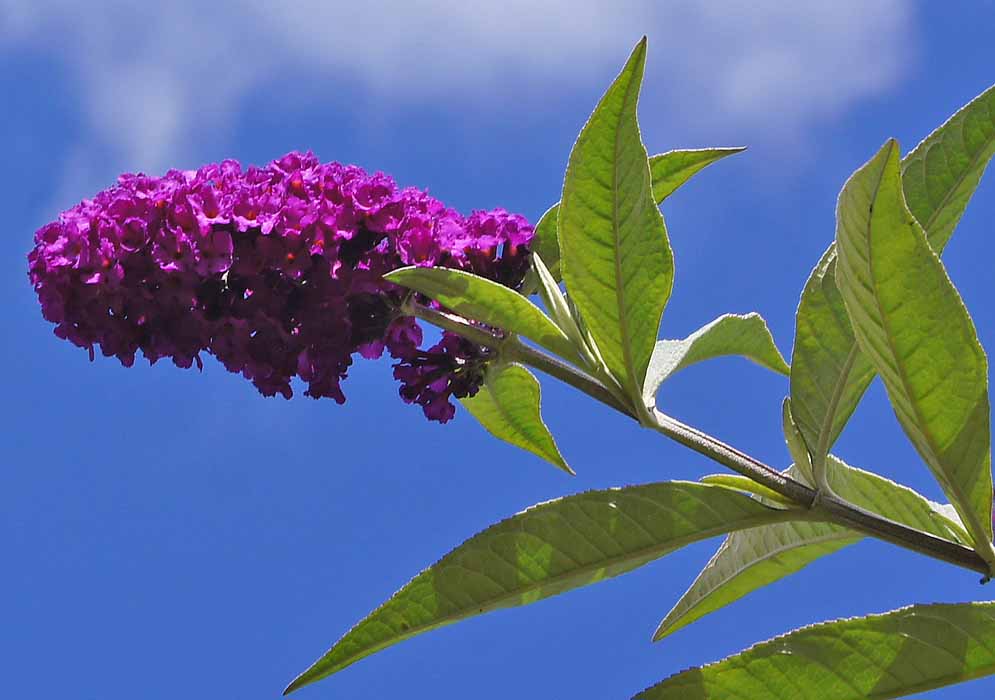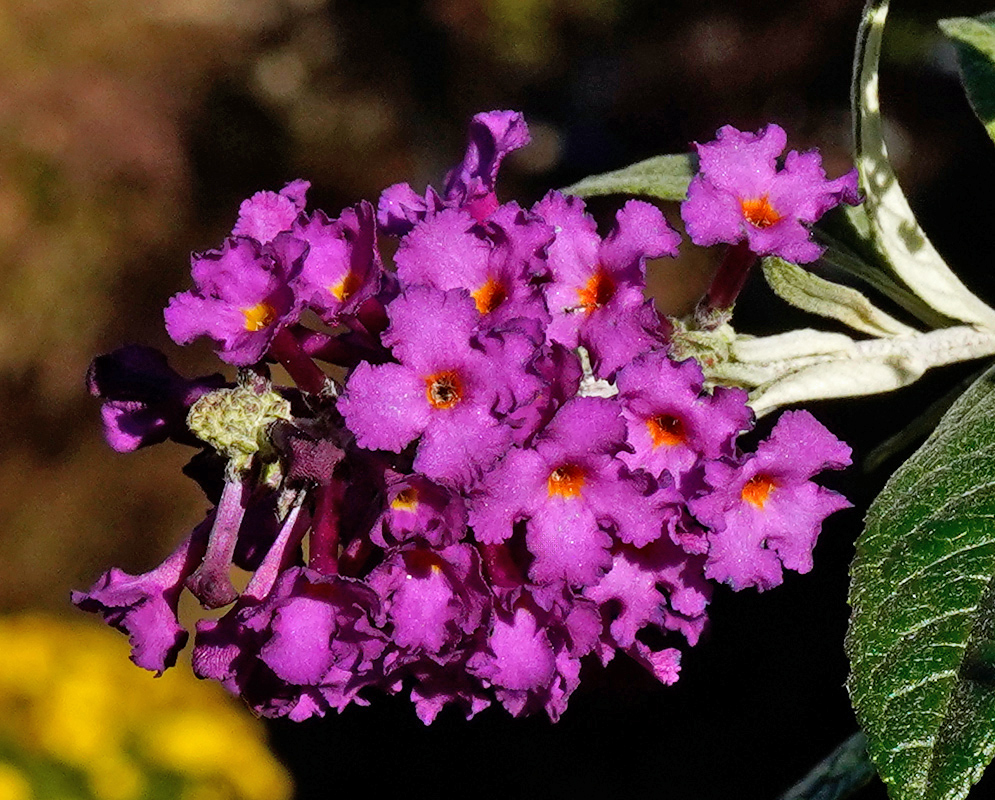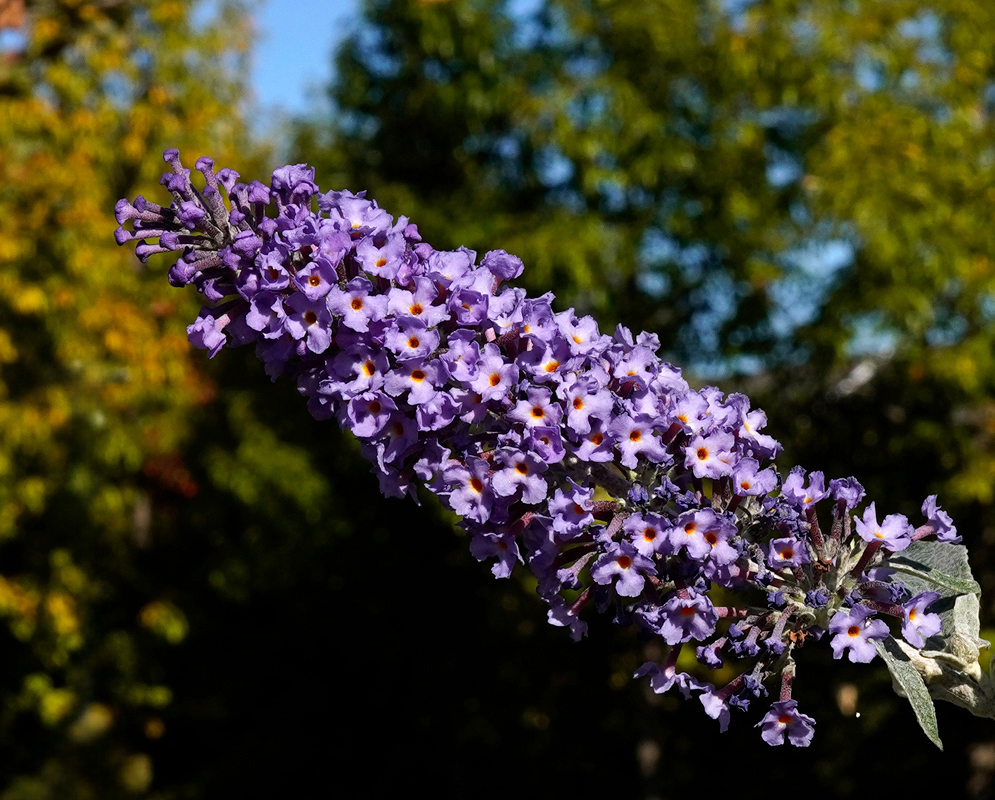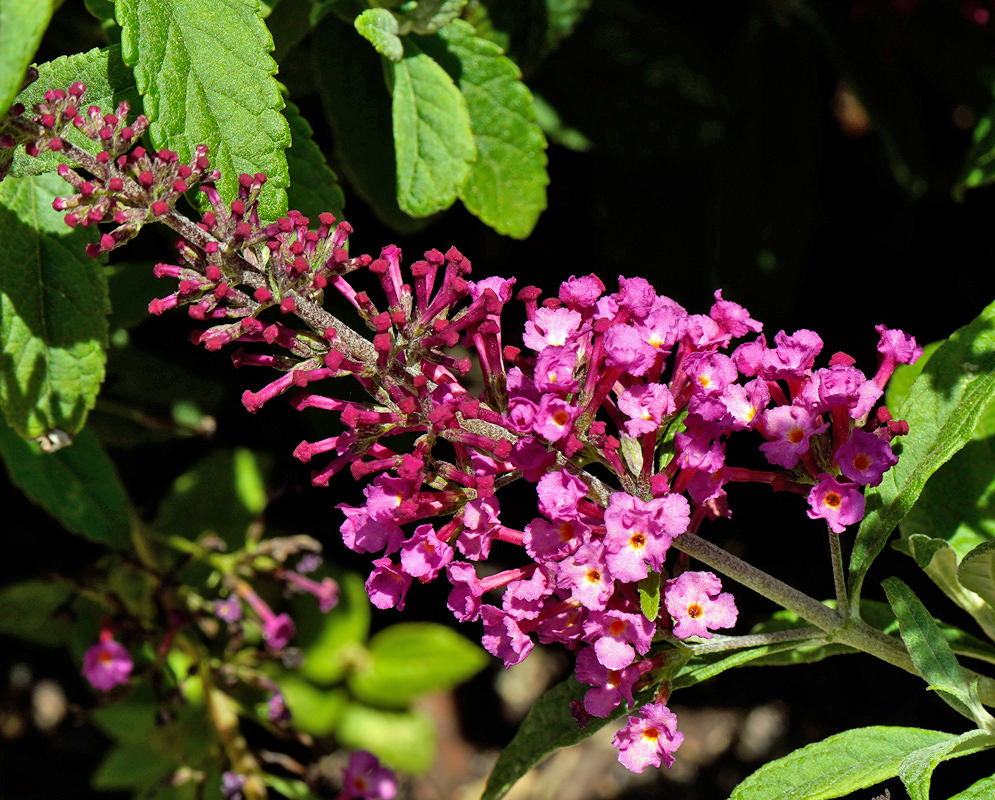This post has 11 Simple Fields-fields attached. Show fields.

Originating from central China and Japan, the summer lilac is known for its attraction to butterflies and other insects due to its small, fragrant flowers. The plant has a vigorous, arching growth habit, reaching heights of up to 16 feet. There are many cultivars and hybrids with honey-scented flowers, ranging in color from white, pink, red, and lilac to purple, appearing in terminal panicles. In temperate zones, the plant blooms from summer to autumn. The summer lilac has been noted for its medical benefits, particularly in Traditional Chinese Medicine, where it's known as Mi Meng Hua. The plant has been associated with the treatment of conditions like night blindness, cataracts, eyestrain, asthma, coughing with blood, wounds, muscle spasms, bladder problems, headache, gonorrhea, hepatitis, and hernias. Moreover, it's recognized for skincare benefits due to its antioxidant, anti-inflammatory, and photoprotective properties, and has been clinically proven to protect against UVA damage. Invasive tendencies of Buddleia davidii have been recorded, particularly in temperate regions such as the United Kingdom, the Republic of Ireland, and New Zealand. It is also naturalized in Australia and many cities of central and southern Europe. Photographed in Virginia.







